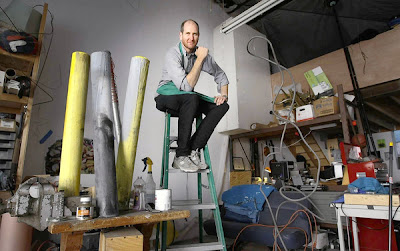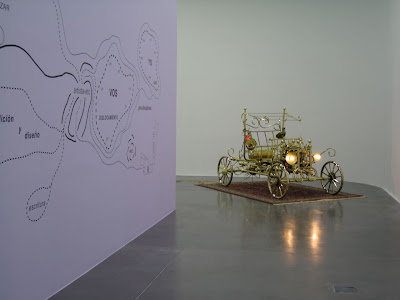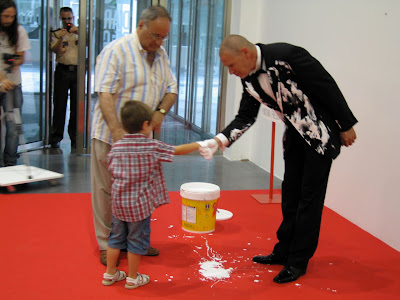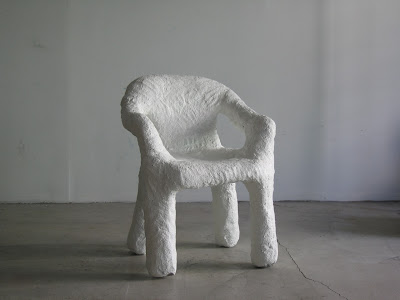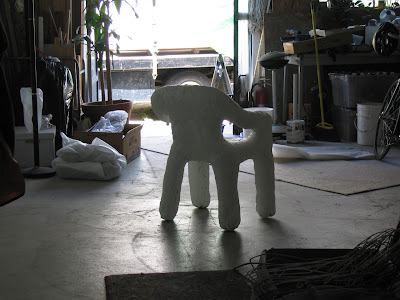Nosso correspondente de Los Angeles, Joshua Callaghan, mandou a entrevista abaixo que saiu na Interview por ocasião da exposição Piston Head: Artists Engage with Automobiles que aconteceu em dezembro passado em Miami no mesmo período da Art | Basel | Miami Beach.
Whether you name it Omar or treat the trunk as a closet, we all have unique relationships with our cars. No matter where you look in recent history, the car has been ingrained within our culture as a symbol; it’s an object of daily life to which everyone can relate. Throughout the past few decades, artists have looked at the car, using it as a tool of expression, and this year as a part of Art Basel: Miami Beach, curatorial platform Venus Over Manhattan is opening “Piston Head: Artists Engage with Automobiles.” The exhibition spans a wide breadth of artists, all of whom honored the car.
“The car is, in a way, a blank canvas,” says contemporary artist Joshua Callaghan, who is creating a new work for the show. “There are a lot of things you can project onto the car. Cars are our external shell, our social self. In a lot of places the car is your clothing. Your image is somewhat defined by that.”
Like a kindergartener rubs a leaf with crayons, Callaghan is rubbing Ferrari’s LaFerrari car with charcoal for “Piston Head.” Callaghan will first cover the LaFerrari with a layer of thin plastic film and then with two pieces of wet canvas, on which he will record its texture and shape. At the opening of the exhibition, Callaghan’s two charcoal rubbings will encase the LaFerrari like wrapping paper, then be peeled away to reveal the car, and finally hung on the wall to be showcased.
“I’m hoping to critique the culture that we’ve built around the car and see it in a larger, historical narrative as something that will change,” Callaghan says. But simultaneously, he doesn’t think cars will ever be extinct. “I think we’ll have self-driving cars using alternative fuel or electricity, but the car has shaped how we’ve divided up the land and built our cities. It’s hard to undo that.”
In addition to Callaghan’s signature rubbings, works by artists such as Dan Colen, Richard Prince, and Franz West will also be on view. Keith Haring painted a worn-Buick with his iconic calligraphy. César crushed an automobile into an unrecognizable cube. Damien Hirst covered a Mini Cooper with his trademark spots, giving us Spot Mini. These pieces, along with Callaghan’s and other works, will be exhibited in a new open-air parking space designed by Swiss architects Herzog and de Meuron.
“Rather than deconstructing the car or questioning its tradition, there’s an overwhelming affection for cars that is expressed in this art,” Callaghan says. “The car is a common denominator as a material for art. It’s accessible to the public.”
“PISTON HEAD: ARTISTS ENGAGE WITH AUTOMOBILES” IS OPEN AT 1111 LINCOLN ROAD, MIAMI, DAILY FROM TODAY DECEMBER 3, THROUGH SUNDAY, DECEMBER 8.



